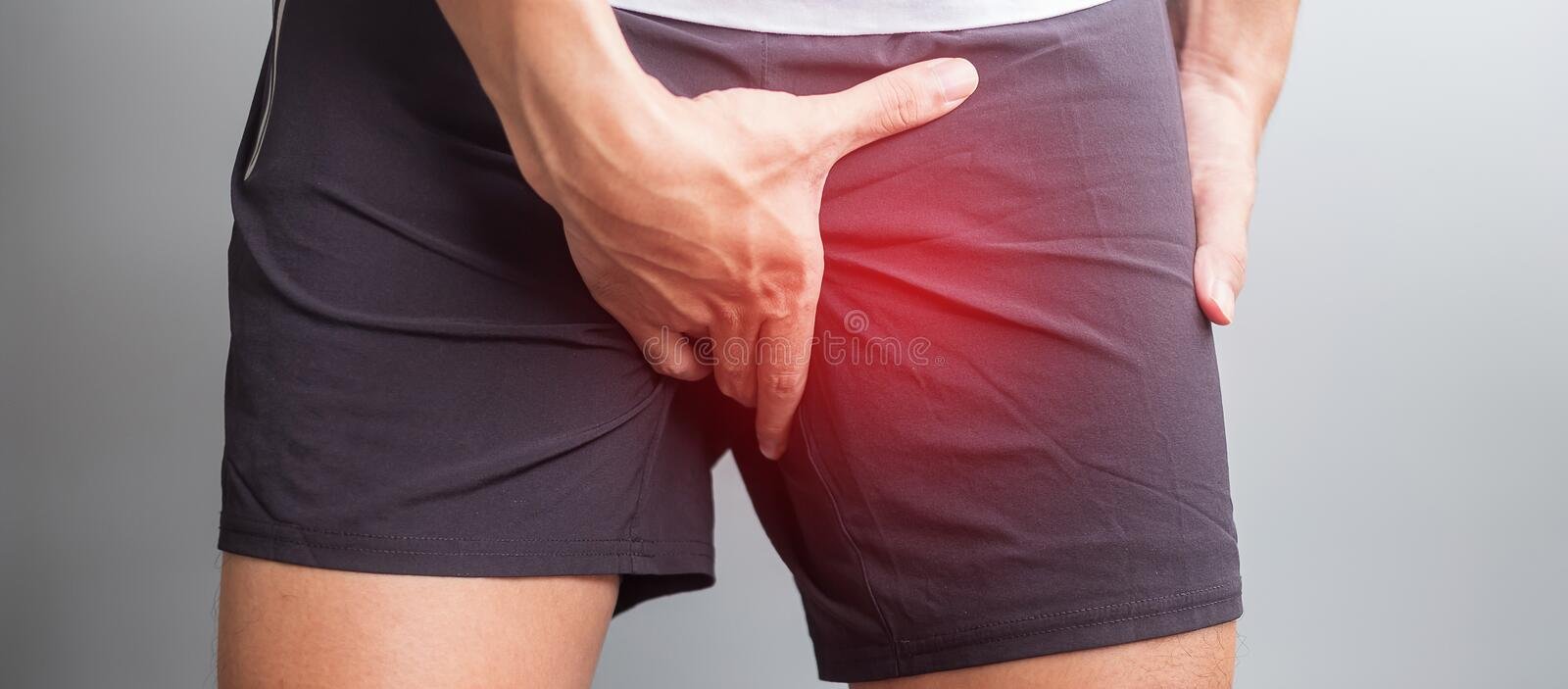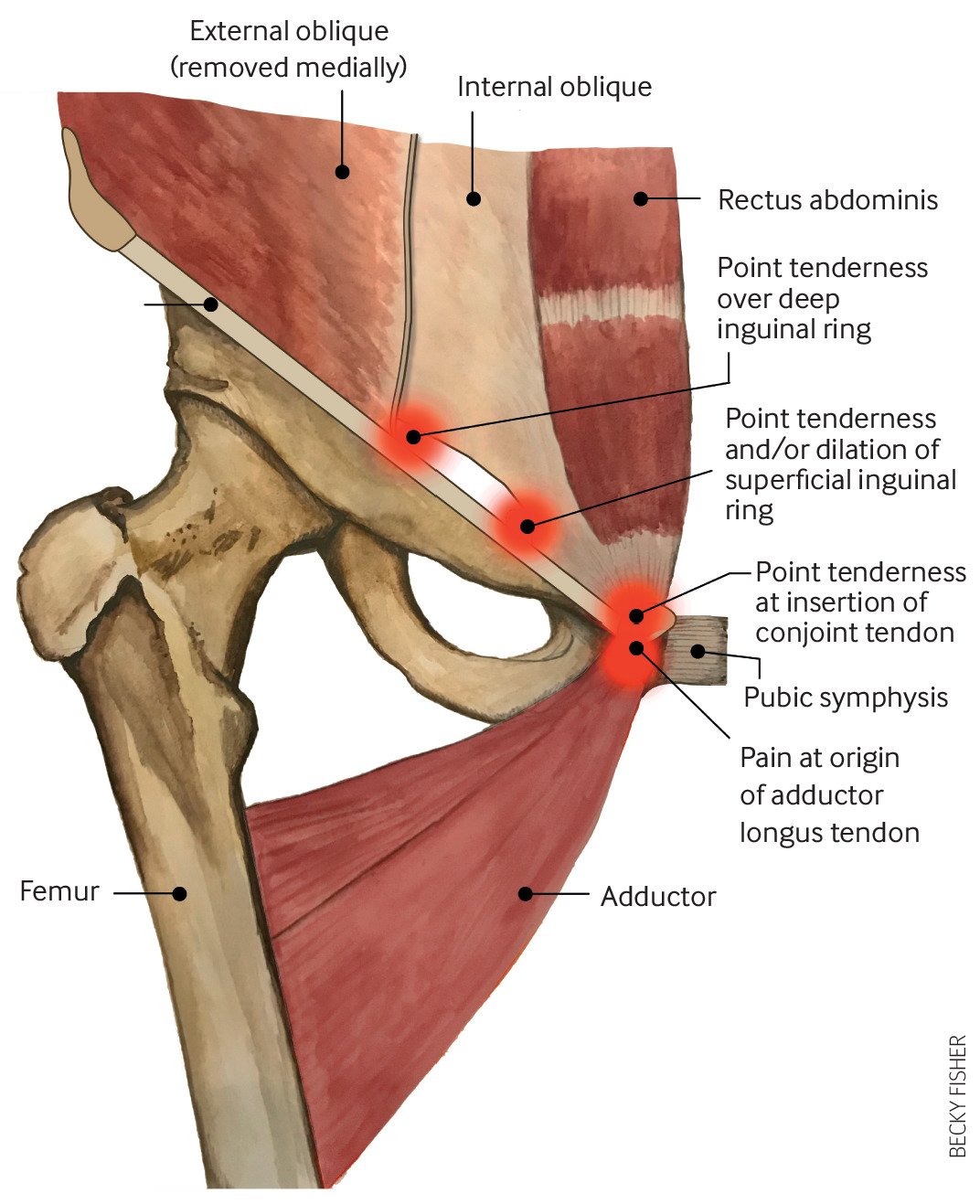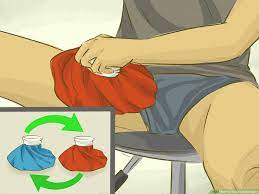Know your Injuries – Part 2: Groin Strain
Dr Meenakshi (P. T.) with a Master’s Degree in Sports Physiotherapy is Gāyo Fitness Academy’s Hon. Senior National Faculty and Assessor in Sports Medicine, Sports Medical Rehabilitation and Exercise Therapy. She was Asst. Professorship in Department of Physiotherapy, P.D.M University in Haryana. She is a Sports Physiotherapist in Sports Authority of India. She has attended to India’s world-class women’s boxing teams. She can be contacted at meenaxidhaka133@gmail.com. Dr Meenakshi writes and speaks regularly on exercise and sports injuries management.

Here, Dr Meenakshi takes up groin strain or “pull” injuries and explains –
- symptoms,
- causes
- prevention
- first aid
- basic rehab movements.
The groin is the area were the abdomen meets the thighs.

The groin muscles comprise three large groups of muscles that can be injured: the abdominal, iliopsoas and the adductor muscle groups.
The adductor muscle group: This group has six muscles: the adductor longus, magnus and brevis, gracilis, obturator externus, and pectineus. The primary role of this muscle group is adduction of the thigh in open-chain motions and stabilization of the lower extremity and pelvis in closed chain motion.
The abdominal group: Its musculature comprises the rectus abdominis, the obliques internus and externus abdominis.
The iliopsoas group: It comprises iliacus and psoas major muscles. It is the only muscle directly connecting the spine and the lower limb.
The bones of this region include the spine, pelvis and femur. The injury can also involve soft tissues including nerves, periosteum, blood vessels as also the lymph vessels.
Groin strain is an injury to the muscle-tendon unit that produces pain on palpation of the adductor tendons or its insertion on the pubic bone and pain in the adductor region on resistance testing of the adductors.
The basic injury is quite often a muscle or tendon strain at the insertion of the tendon of the adductor muscle to the bone. The adductor longus is most commonly injured.
The groin strain can be of three types:
- Grade 1 or mild: typified by a mild pull of the muscle without a tear of the muscle or related tendon. There is no loss of strength though movement will be hampered somewhat.
- Grade 2 or moderate: this involves tearing of the related muscles and / or tendon with loss of strength and movement.
- Grade 3 or severe: this involves a rupture of the muscle – tendon – bone unit with separation of muscle fibers. In the severest of cases, surgery may be required to fix the damage. Chronic strains are caused by prolonged overuse or repetitive trauma while acute strains are the result of sudden, direct injury or overload.
Symptoms
- Pain in the groin during movement or stretching of the hip joint.
- Muscular spasm in the abdomen or thigh.
- Swelling in the groin.
- Loss of strength and movement.
- Calcification of the muscle or its tendon – this can be see with X-Rays. This is technically termed as Myositis Ossificans: during the healing of an injury to the muscle, calcium can become deposited in the wound causing a hard bone like structure within the muscle.
Causes
- Prolonged overload of the muscle – tendon – bone unit/s in the groin.
- A sudden forceful injury to the groin’s muscle – tendon – bone unit/s.
Groin muscle strains are encountered more frequently in games like badminton, hockey, soccer, squash, etc. These sports necessitate a strong eccentric contraction of the adductor musculature during explosive movements like for example take-off or short explosive lunges or sprints, kicking or stretching.
The risk of groin strain increases in not only sports needing explosive movements but also in persons who have a history of any bleeding disorder, obesity, poor muscle tone and strength. Poor nutrition habits also increase the risk.
Prevention
- It is very important to warm the groin area before starting the sport or activity.
- It is necessary to train the area for strength, flexibility and sport-specific conditioning.
First Aid
Management will follow P.R.I.C.E. drill –
- Protect the injured part, not allowing any further damage.
- Rest the injured part.
- Apply ice or cold treatment for 15-20 minutes.
- Compression: use of mild to moderate pressure to the injured area with bandages / crepe bandages is advisable.
Current international standards have replaced P.R.I.C.E. with P.O.L.I.C.E.
- P – Protection of injured part
- O/L – Application of Optimal load (local injury factors) / Training load
- C.E. – as mentioned earlier (ice + compression+ elevation)
Follow up First Aid
- Continuing care should include ice therapy three to five times daily. Each session ought to be about 15 minutes long. After 24 hours, heat therapy may help.
- Resume gradually your activity subject to pain and movement considerations.
- It is always advisable to consult you physio or doctor as well as your nutritionist. Nutrition plays a major role in post-injury recovery.

Exercises to prevent and strengthen the muscle – tendon – bone units in the groin
Watch Dr Meenakshi demonstrate and explain these movements:
- Adductor stretch, butterfly stretch
- Hamstring stretch
- Foam rolling over front of thigh and inner thigh – caution: both need to be pain free.
- Side lying leg lift, cross over
- Pelvic bridging with adductor squeeze
- Straight leg raise: Once it is easy to do the leg lifts, start strengthening your thigh muscles and groin muscles with the following elastic tubing exercises.
- Resisted hip abduction and adduction
A scientific review found that men are 2.5 times more likely to sustain a groin injury than women when participating in the same sport. This is perhaps due to various factors including differences in training or sport workloads. Hormonal differences may play a role too. It is also suggested that the higher risk of groin injury for males compared with females may also be due to sex-related differences in groin anatomy as well as pelvic and hip joint morphology. (Source:
https://bjsm.bmj.com/content/51/7/554)
Do remember! Prevention is better than cure! Warm up and strengthen the groin and at the same time, work on increasing its flexibility.
